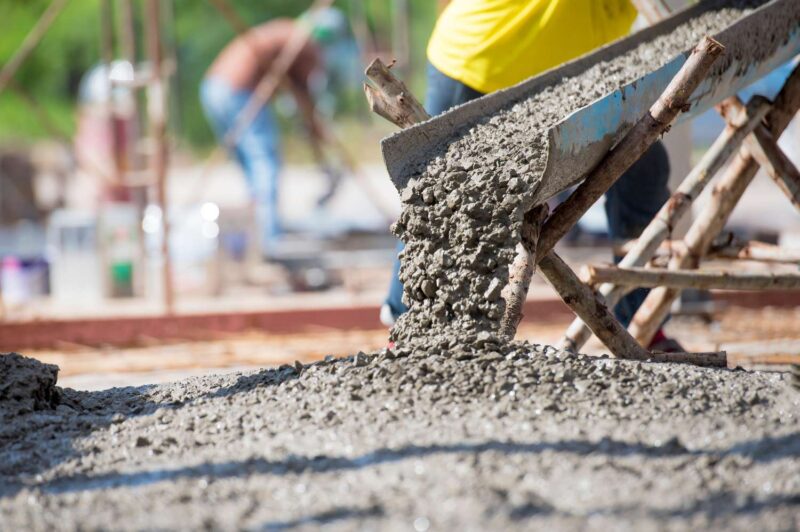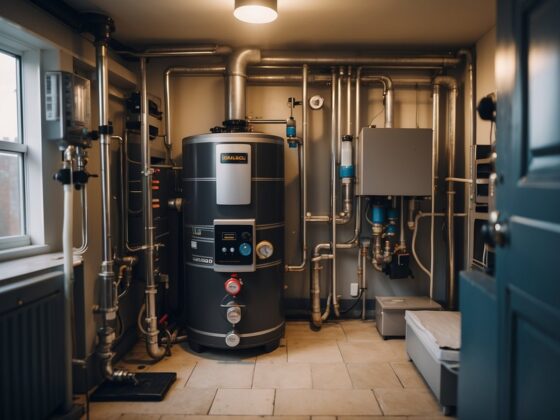As the construction industry continues to evolve, bringing with it technology’s efficiency and cost-saving measures, construction remains a leader in building material choices. While not suitable for every construction project, concrete and cement have advantages that make them the clear winner over most other building options.
If you’ve considered using concrete in your next construction project but aren’t sure it’s the right decision, here are five reasons to be confident in moving ahead without any more debate.
1. Concrete is Versatile
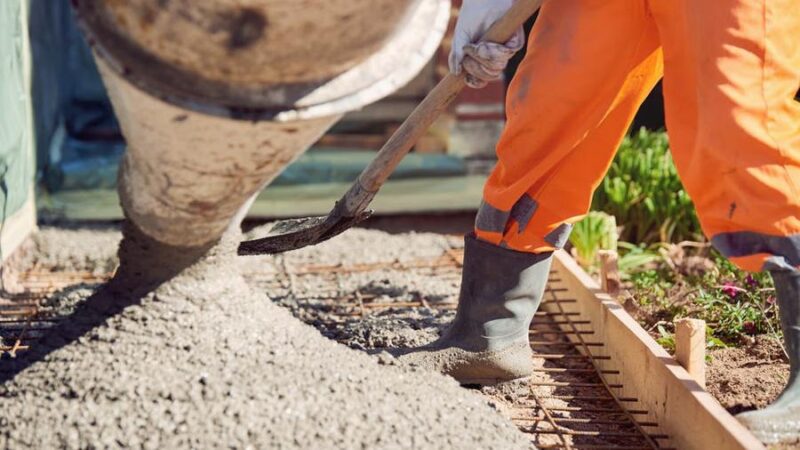
The Swiss army knife of building products, and concrete is the solution for various aspects of the construction job. Cement is the affordable, efficient way to quickly build a structure’s internal pillars and supports, stabilize walls, and pave a foundation.
You’ll see concrete in use on any job site you visit. It’s the go-to material for roadways, bridges, and parking garages. It’s an essential piece of equipment for nearly every architectural building.
Why do construction managers and architectural designers prefer concrete over other options? Part of its versatility is due to its flexibility, as seen in slab-on-grade pours. As explained in this article by FMP Construction, project managers can opt for monolithic, T-shaped, Frost-Protected Shallow Foundation (FPSF), and other slab types, depending on the project’s needs.
2. Concrete Is Flexible
Concrete is a mix of natural materials like gravel, crushed rock, and sand. It is also made from cement, which comes from larger batches of concrete. The two terms are used interchangeably but are not technically the same. Still, most people understand the reference, and the nuances are minor.
The ratio of materials used to create the concrete batch determines the final texture and strength. Coarse grains are used when you want a more sturdy and durable result, whereas fine grains leave a smooth finish but are less stable.
3. Concrete Can Be Green
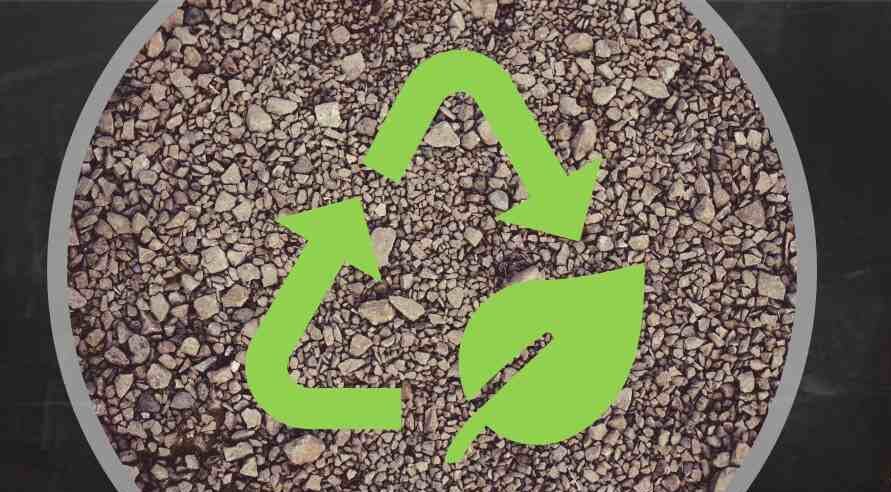
Even those looking for eco-friendly building materials employ concrete due to its durability and sustainability. Concrete is inherently durable without the addition of chemical treatments to make it long-lasting, and because it is made from natural ingredients, leftover concrete is recyclable. Some manufacturers use recycled plastic waste as an eco-friendly alternative to the typical aggregate ingredients that blend together to form concrete.
The porous nature of concrete structures enhances stormwater runoff, making concrete ideal as the main ingredient for these drainage systems.
The downside is that concrete production generates substantial CO2 emissions. However, cement industries aim for carbon neutrality by 2050.
4. Concrete is Affordable
Since it’s sourced from abundant ingredients worldwide, concrete is an affordable material. The eco-friendly product doesn’t cost much to manufacture, but its expense is usually due to the transportation necessary to move it throughout the supply chain.
Concrete is easy for construction companies to acquire close by, though. Manufacturers form concrete blocks and move them to local retailers in bulk, which reduces the transportation costs and increases affordability to customers.
The composition is simple enough that it takes little energy to mix and apply. This combination ensures you use the most cost-effective and long-lasting materials possible for your project when you choose concrete. Without the need to replace the concrete sectors of a building, the overall cost of long-term ownership decreases, too. But when you need to perform upgrades or maintenance, the costs are often less than other materials.
Concrete’s cost-effectiveness stems from another lesser-known area: its energy efficiency. The high thermal mass of a concrete structure helps it absorb daytime heat, release it in the cooler temperatures of the evening, and lower utility costs.
5. It Works in Most Environments
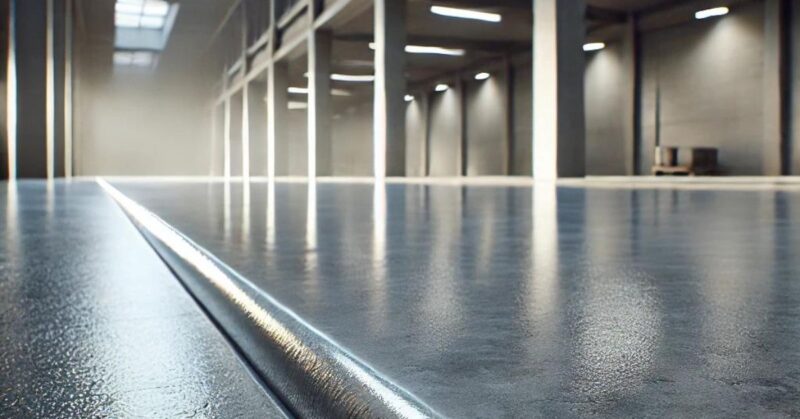
Some materials are ideal for cold temperatures but don’t work as well in hot, arid places, and vice versa. For instance, when the climate is wet, non-porous materials can help prevent mold and mildew build-up. If the material has to expand and contract, certain types of wood or metal can be dangerous to building longevity.
But concrete works well in most temperatures. Unlike other materials that need a particular atmosphere to dry and settle, cement mixtures dry quickly, usually in one or two days. This factor makes concrete a favorite material for construction managers working in areas with unpredictable weather or high humidity.
As a plus, concrete, although porous, doesn’t absorb moisture quickly. Instead, it is water-resistant and can be enhanced with treatments to make the material waterproof. The result is a substantially impermeable finished surface or layer.
Concrete’s high melting point solidifies its spot as a surefire winner in the construction material process. The fire-resistant element of a concrete structure is beneficial in areas with dry, arid seasons where wildfires are common and in other structures where fire is a concern.
Conclusion
Whether your construction concern is cost, environmental, weather resistance, or ease of use, concrete is your answer. It’s easy to see why this versatile, affordable material, sourced from natural ingredients and weather-resistant, is preferred by construction project managers everywhere.
